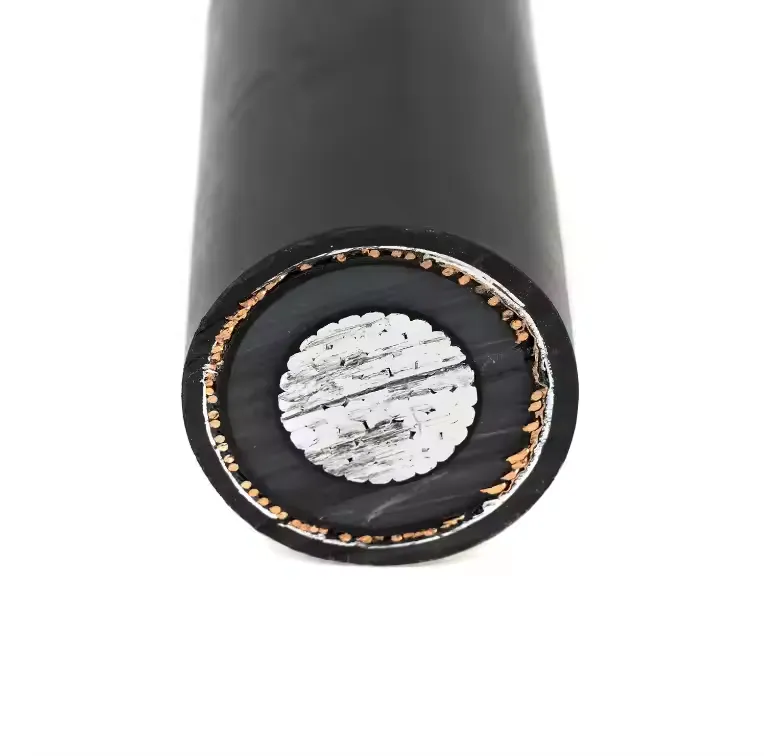What Causes Cable Overheating and How to Prevent It
Table of Contents
Introduction
Cable overheating is a critical issue in electrical systems, leading to potential hazards such as fires, equipment damage, and system failures. Understanding the underlying causes and implementing preventive measures are essential for maintaining safety and efficiency in electrical installations.

Causes of Cable Overheating
Several factors contribute to cable overheating. Identifying these causes is the first step in prevention:
- Overloading: Exceeding the current rating of a cable can lead to excessive heat generation, causing insulation degradation and potential failure.
- Poor Connections: Loose or corroded connections increase resistance, leading to localized heating and potential fire hazards. Learn more.
- Inadequate Ventilation: Installing cables in confined spaces without proper airflow can trap heat, leading to elevated temperatures and insulation breakdown.
- Environmental Factors: External conditions such as high ambient temperatures or exposure to chemicals can affect the cable's performance and heat resistance.
- Cable Age and Wear: Over time, cables can deteriorate due to environmental exposure, mechanical stress, and thermal cycling, increasing the risk of overheating.
Preventive Measures
Implementing the following strategies can significantly reduce the risk of cable overheating:
- Proper Sizing: Ensure cables are appropriately rated for the expected load to prevent overloading.
- Regular Inspections: Conduct periodic checks for signs of wear, corrosion, or damage, and replace cables as necessary.
- Secure Connections: Use quality connectors and ensure all connections are tight and free from corrosion.
- Maintain Ventilation: Install cables in well-ventilated areas to facilitate heat dissipation.
- Environmental Considerations: Choose cables with suitable insulation materials for the operating environment to enhance heat resistance.
Conclusion
Cable overheating poses significant risks to electrical systems. By understanding the causes and implementing effective preventive measures, the safety and longevity of electrical installations can be greatly improved. Regular maintenance and adherence to safety standards are key to preventing overheating incidents.
Source: JianYunCable.
Comments
Post a Comment